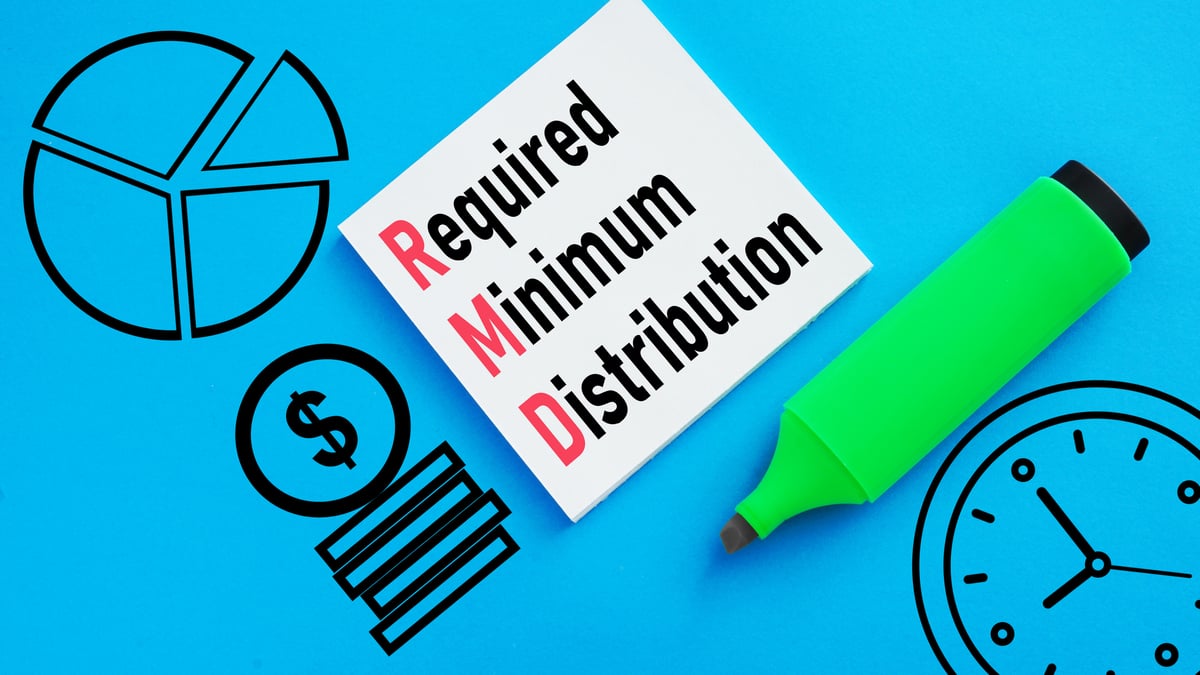Every month, Social Security sends out benefits to over 64 million people, and many of them are retired workers. Among these retirees, 62% count on this guaranteed payout for at least half of their monthly income. In other words, Social Security plays a critical role in keeping elderly poverty rates reasonably low.
But what you may not realize is just how much trouble Social Security may be in over the long run. Due to a number of demographic shifts, the 2019 Trustees report estimates that the program's $2.9 trillion in asset reserves could be completely gone by 2035. While this doesn't mean Social Security would be bankrupt, it does imply the need for hefty cuts to retired worker benefits if nothing is done by Congress.

Image source: Getty Images.
The thing is, lawmakers are well aware of Social Security's estimated $13.9 trillion cash shortfall between 2035 and 2093. They also have no shortage of solutions on the table to potentially fix the program's issues. Yet it's been 37 years and counting since the last major overhaul of Social Security was undertaken. Lawmakers simply can't decide what method would be best to fix it.
Among the public, the answer is pretty clear. Surveys have consistently shown that taxing the rich is the preferred solution. Yet if we take an objective look at the program's shortcomings, it becomes readily apparent that taxing the wealthy and cutting long-term benefits are both needed to fix Social Security.
Here's how the Democrats' and Republicans' plans to fix Social Security differ
Before delving into the reasoning why both solutions are necessary to strengthen Social Security, let me explain a bit more about what "taxing the rich" and "cutting benefits" actually entails.
The idea of taxing the rich originates with the core solution offered by Democrats in Congress. In effect, it tackles Social Security's shortcomings by raising additional revenue.
As of 2020, all earned income (that's wages and salary but not investment income) between $0.01 and $137,700 is subject to a 12.4% payroll tax, and any earned income above this amount is exempt. This payroll tax is the workhorse of Social Security and was responsible for $885 billion of the $1 trillion collected in 2018. The issue is that the amount of earned income exempt from the payroll tax has ballooned from north of $300 billion in 1983 to $1.2 trillion by 2016.

Image source: Getty Images.
Democrats want to rectify this legal loophole by raising or eliminating this payroll tax earnings cap. In doing so, it would require the well-to-do to pay a greater amount of their earnings into the program, which would help narrow the noted $13.9 trillion estimated funding shortfall over the next 75 years. Since 94% of working Americans are expected to earn less than $137,700 in 2020, it also means that the Democrats' fix would only affect a very small percentage of the workforce. This is the reason it's viewed as the preferred fix among the public.
Comparatively, Republicans have proposed cutting benefits by gradually raising the full retirement age, or the age at which an eligible beneficiary can receive 100% of their monthly payout as determined by their birth year. The idea here is that if future generations of workers were required to wait until age 70 to collect their full payouts, as opposed to the current peak of age 67 in 2022, their lifetime benefits paid by the program would be reduced no matter which choice they make (i.e., still claim early or wait until age 70).
Thus, cutting benefits doesn't mean taking a pair of scissors and slashing benefits across the board. Rather, it's a means of reducing long-term outlays from the program (i.e., reducing lifetime benefits paid).
Taxing the rich and cutting benefits are both necessary to resolve Social Security's problems
With the ideas of taxing the rich and cutting benefits established, we can now dig into the reasons why both of these solutions are necessary to fix Social Security -- and not just one or the other.
Take the Republicans' plan to gradually raise the full retirement age, as an example. While it would be an effective means of controlling long-term outlays, it does absolutely nothing to offset Social Security's net-cash outflows over the next roughly 20 years. It's probably going to take until 2040 (or later) for the full retirement age to increase to 70, and these cost savings are primarily directed at future retirees, such as Generation X and millennials.

Image source: Getty Images.
In order to effectively tackle Social Security's short-term cash shortfall, an immediate influx of new revenue would be needed. This is why the strategy of taxing the rich is a necessity for Social Security. Raising or eliminating the payroll tax cap would be a surefire means of boosting revenue collection for the program and presumably pushing its asset-reserve depletion date further down the line.
However, the Democrats' plan to tax the rich has its own flaws. While it may be a perfect short-term solution, it ignores a number of demographic changes that continue to weigh heavily on Social Security. This includes increasing longevity, lower net immigration rates, and record-low birth rates for women of childbearing age. All of these factors point to a lower-than-expected worker-to-beneficiary ratio and much higher-than-anticipated program outlays over the long term.
In order to properly account for these demographic shifts, lawmakers will need to adopt the Republicans' strategy to reduce long-term outlays.
Individually, you may not be thrilled with the idea of taxing the rich or reducing long-term outlays, but both solutions together make for a much stronger Social Security program.





